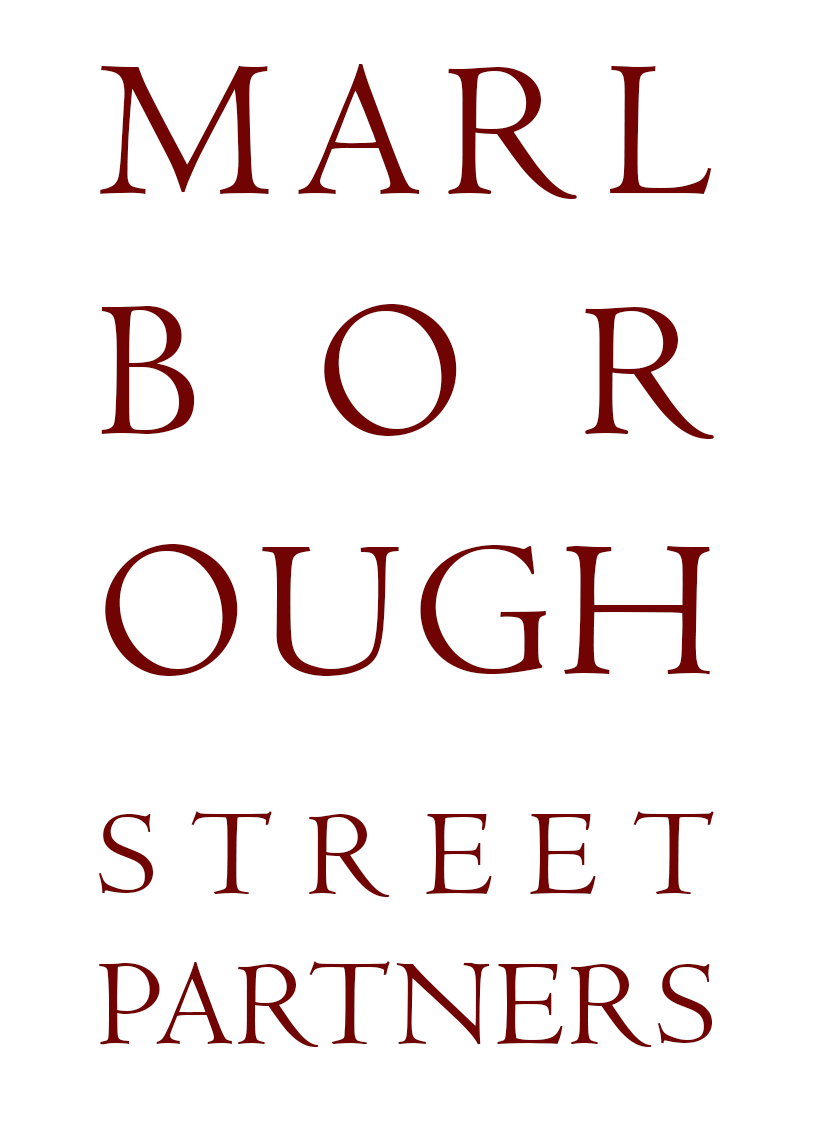Foundational Behaviors of Strategic Product Management
Research Brief
A top-tier chef must possess a complete arsenal of skills, including knife techniques, mastery of different cooking methods, and an understanding of ingredient pairings. Beyond technical proficiency, successful chefs have the strategic mindset to curate menus that align with their restaurant’s vision and adapt to changing customer preferences. They continually refine their approach based on feedback, evolving food trends, and operational constraints.
Product management leaders looking to improve their teams’ performance must adopt a similar mindset: balancing technical proficiency with strategic acumen. The Product Management Competency Model helps assess essential skills, while the Product Management Maturity Framework provides a roadmap for growth. Product managers must embrace five foundational behaviors that define strategic product management to excel.
One: Business Ownership
A strategic product manager operates as if they are running their own business, ensuring holistic responsibility beyond product development.
· Results-Driven Mindset: A PM at a SaaS company doesn’t just track feature adoption but correlates it with retention metrics and customer lifetime value. For example, a project management software company evaluates how new collaboration features affect customer renewal rates.
· Complete Product Lifecycle Responsibility: They oversee everything from feature development to marketing, sales enablement, and customer success. For example, launching a new B2B analytics tool requires aligning pricing, onboarding, and ongoing support to drive adoption. This is similar to how Salesforce ensures its new AI-powered insights gain traction with enterprise clients.
· Long-Term Vision: Just as a successful video game franchise carefully plans sequels, expansions, and community engagement, strategic product managers think beyond immediate releases to ensure sustained success. Apple’s approach to its hardware and software ecosystem exemplifies this long-term thinking.
Two: Continuous Improvement
Strategic product managers must adapt and refine their approach with rapid market shifts.
· Agility in Execution: A retail PM might adjust their roadmap after analyzing holiday season sales data, optimizing supply chain logistics and product recommendations accordingly. Amazon frequently refines its Prime offerings based on shopping patterns and delivery efficiency.
· Data-Driven Iteration: Continuous A/B testing and customer feedback loops help refine features. Consider how Netflix tweaks its recommendation algorithm based on viewer behavior to enhance engagement.
· Accountability and Leadership: They ensure alignment across teams. A healthcare PM launching a telemedicine platform must coordinate regulatory compliance, technology integration, and physician adoption to ensure long-term viability, much like Teladoc Health.
Three: Strategic Business Planning
Strategic product managers ensure that every initiative aligns with long-term business goals and creates measurable value.
· Precise Market Positioning: Just as a luxury car brand differentiates itself through craftsmanship and exclusivity rather than price competition, strategic PMs define clear product value propositions. Tesla’s focus on premium electric vehicles with cutting-edge technology exemplifies this.
· Sustainable Business Models: A streaming service PM might focus on subscriber acquisition and reducing churn through tiered pricing, exclusive content, and community engagement. Spotify’s freemium-to-premium conversion strategy is a prime example.
· Resource Advocacy: It is crucial to ensure necessary investments are in place. For example, launching an AI-powered search feature requires coordination with engineering, data science, and customer support teams to ensure successful adoption. This resembles how Google continuously enhances its search engine with AI investments.
Four: Opportunity Focus
A strategic product manager must clearly define and articulate the problem they aim to solve before jumping into solution development.
· Customer-Centric Thinking: Instead of focusing solely on incremental improvements, strategic product managers analyze customer needs at a fundamental level. For example, rather than simply refining an existing hotel booking system, a strategic PM might discover that travelers struggle with flexible check-in times and seek a solution that adapts to their schedules, similar to how Airbnb introduced flexible booking options.
· Strategic Alignment: They assess opportunities based on feasibility, business impact, and competitive advantage. Instead of merely adding a chatbot to customer service, they evaluate whether automation enhances customer satisfaction and aligns with long-term business goals, as Zendesk does with its AI-driven support solutions.
· Market Awareness: Understanding competitive landscapes and industry shifts allows product managers to anticipate challenges. For instance, recognizing the change toward ad-supported tiers in the streaming industry enables a product manager to develop monetization strategies ahead of competitors, much like Disney+ has done.
Five: Innovative Problem Solving
Once the core problem is defined, a strategic product manager fosters innovation in solving it.
· Critical Thinking: Effective PMs don’t accept surface-level problems. If a retailer experiences declining app engagement, rather than just improving UI, they investigate user behavior data to uncover friction points and improve the end-to-end customer experience. Shopify refines its platform to enhance merchant success rates through deep user behavior insights.
· Creative Exploration: They explore unconventional approaches to address pain points. For example, in the ride-sharing industry, some companies have introduced subscription models instead of solely optimizing pricing to encourage customer loyalty, as Uber has done with Uber One.
· Cross-Functional Leverage: Strategic PMs tap into internal and external expertise. For example, fintech firms partner with traditional banks to expand services rather than build infrastructure from scratch, exemplified by Stripe’s collaborations with major financial institutions.
The Strategic Edge
Highly successful product managers don’t just focus on execution—they balance vision, innovation, and business strategy. Organizations that cultivate these behaviors position themselves for long-term success, adapting to market shifts and creating sustainable value.
By systematically developing these five behaviors, product managers transform from tactical executors to strategic leaders, ensuring their products—and companies—remain competitive in an ever-evolving landscape.
By Chip Correra, Partner

